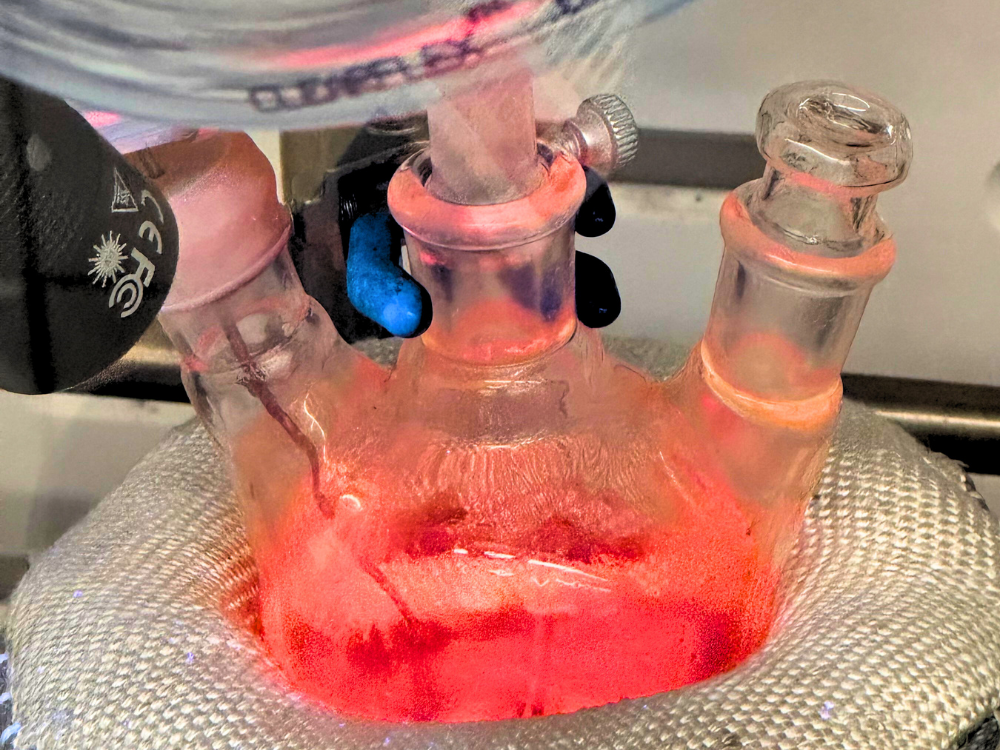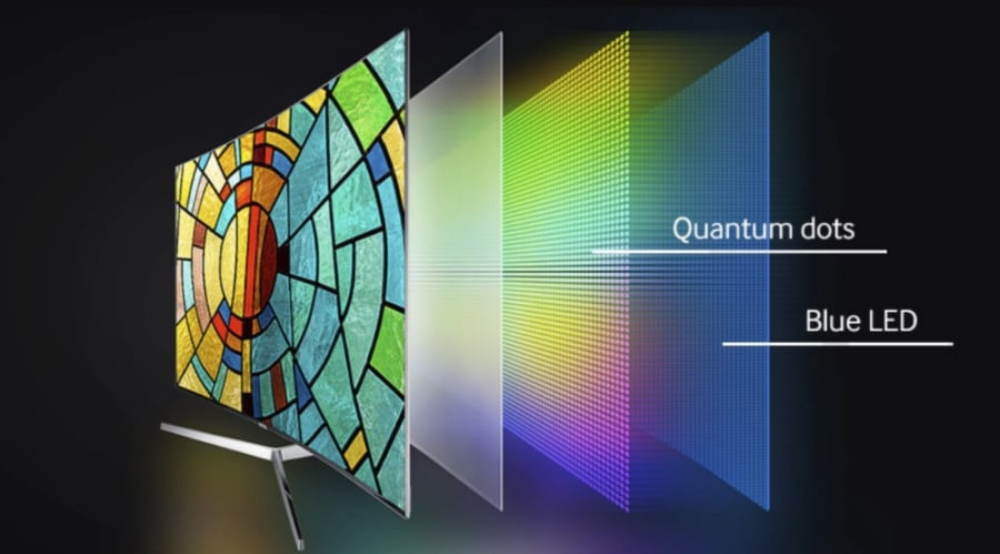
Nanotechnology–defined as the study of material properties and interactions on a nanometer length scale–looks at matter at an unbelievably tiny scale (so small you’d need a powerful microscope to even see it). Nanotechnology Day honors the nanometer scale which is 10-9 or one billionth of a meter.
At this “nano” level, scientists and engineers observe how materials behave in surprising ways to create new solutions and innovations for everyday life. Through nanotechnology, Texas ChE researchers are tackling climate-change, improving medical treatments and improving electronics and devices.
Nano Tech at Texas ChE
Professor Brian Korgel, the preeminent nano researcher at UT, has worked in microelectronics and photonics, spintronics, coatings, sensors and biotechnology in the McKetta Department of Chemical Engineering since 1998. His experimental group focuses on investigating size-tunable material properties, and the rational self-assembly and fabrication of nanostructures with atomic detail.
Elected to the National Academy of Enginering in 2018, he is recognized for the synthesis and applications of nanocrystals, nanowires and their assemblies. His lab develops new methods for synthesizing nanostructured materials, fabricates devices based upon these materials and studies their properties.
Quantum dots, a type of nanotechnology, are semiconductor nanocrystals that have unique optical and electronic properties due to their nanoscale size. Loc Ngo, a graduate researcher in Korgel’s lab, looks at silicon nanocrystals also known as silicon quantum dots in light-emitting applications. “The letter ‘Q’ in QLED TVs is short for quantum dots. My goal is to replace indium phosphide quantum dots that are currently present in virtually all QLED TVs with silicon quantum dots, since silicon is cheap and abundant.” By developing more efficient and profitable ways to manufacture these materials, Loc’s work could reduce reliance on scarce resources while making consumer electronics more sustainable and affordable.

Professor James Chelikowsky studies nanomaterials to understand how matter behaves when confined to extremely small dimensions, where quantum effects dominate. At this atomic scale, the general understanding of physics start to change. Through advanced computer simulations, Chelikowsky models how atoms interact and materials respond when different materials are added, alternative pressure is applied, or tiny flaws exist. These models help predict and design materials with specific properties, such as improved magnetism or superconductivity, enabling scientists to visualize and manipulate matter at the atomic scale, which is essential for developing new technologies in energy, electronics, and manufacturing.
In January, he received TAMEST’s 2025 Hill Prize in Physical Sciences for leveraging artificial intelligence, quantum simulations and experimental techniques to design and discover non-rare-earth (REE) abundant permanent magnets. Ultimately, this research helps create materials that are more efficient, sustainable, and tailored for real-world applications.
Associate professor of practice Professor William Howard leads a revived micro/nanofabrication course guiding students through the journey from silicon sand to intricate integrated circuits. Through Chemical Engineering for Micro and Nanofabrication students gain hands-on insight into semiconductor manufacturing and the processes that power our modern world. He shares his genuine passion for the semiconductor industry noting, “You can spend your whole career building computer chips and never be bored a day in your life.”
Other faculty in the nanotech space: Nathaniel Lynd, Buddie Mullins and Keith Johnston.
For more information on UT Austin's semiconductor Master's program, a collaboration between the Cockrell School of Engineering and College of Natural Sciences, CLICK HERE.






